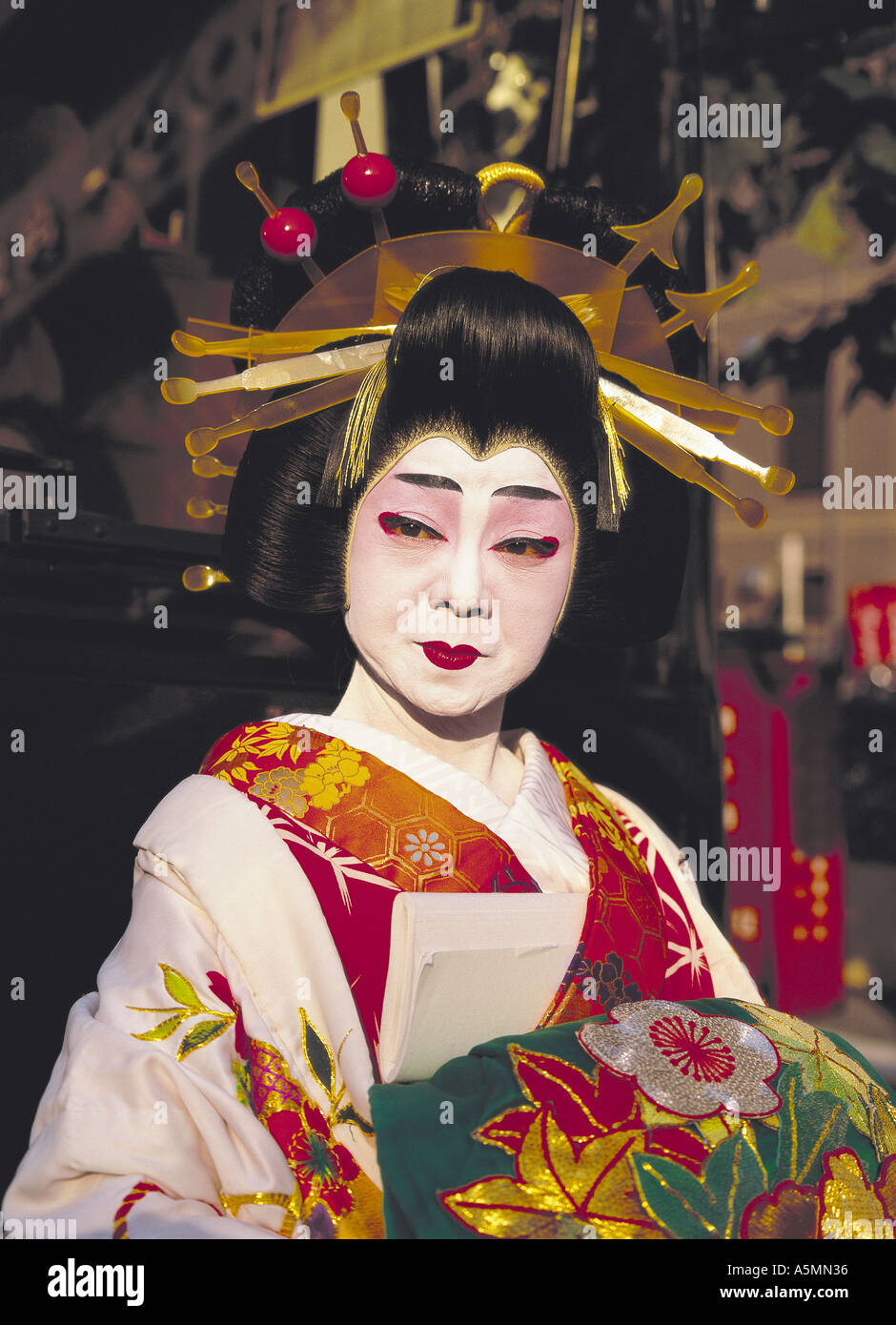Unveiling the Enigma: What Does Oiran Mean and Why It Captivates History Enthusiasts? The world of historical Japan is rich with fascinating figures that have left an indelible mark on culture, art, and society. Among these figures are the oiran, a class of courtesans whose lives were as glamorous as they were challenging. These women, celebrated for their beauty and talent, played a significant role in the cultural landscape of Edo-period Japan. This article delves into the enigmatic world of oiran, exploring their significance and the allure that continues to captivate history enthusiasts worldwide.
Oiran were not just courtesans; they were artists, entertainers, and symbols of elegance. Their stories are intertwined with the broader narrative of Japanese history, reflecting societal norms and transformations over centuries. As we explore the origins, roles, and cultural impact of oiran, we uncover the reasons why their legacy endures, inspiring everything from traditional festivals to modern pop culture. Join us as we journey through time to understand what it truly meant to be an oiran.
The Origins and Evolution of Oiran
In ancient Japan, 'women of pleasure' were referred to as Yūjo (遊女). This term encompassed various types of female entertainers, but it was the courtesans known as Oiran (花魁) who stood out due to their exceptional skills and status. The word oiran itself is believed to derive from the phrase 'oira no tokoro no nēsan' (おいらの所の姉さん), which translates to 'my older sister,' signifying respect and familiarity. Over time, the term evolved to represent the highest echelon of courtesans in Japan's red-light districts.
Oiran emerged during the Edo period (1603-1867), a time when urban centers like Edo (modern-day Tokyo), Kyoto, and Osaka flourished. These cities became hubs for entertainment and commerce, giving rise to specialized professions such as geisha and oiran. Unlike geisha, who focused primarily on artistic performances, oiran combined beauty, wit, and charm to create unforgettable experiences for their patrons. Their training began at a young age, ensuring they mastered poetry, music, dance, and conversation by adulthood.
As the years passed, the role of oiran shifted alongside changing societal values. By the late 19th century, with the Meiji Restoration and Western influences reshaping Japan, the demand for oiran declined significantly. However, their legacy lived on through folklore, literature, and visual arts, preserving their image as icons of grace and sophistication.
The Distinction Between Oiran and Geisha
While both oiran and geisha were integral parts of Japan's entertainment scene, there were distinct differences between them. One key distinction lay in their attire. Oiran wore elaborate, brightly-colored kimonos adorned with intricate patterns, often weighing upwards of 20 kilograms. To complement their striking outfits, they donned towering wooden sandals called geta, which added approximately 20 centimeters to their height. Walking gracefully in such footwear required immense skill, further showcasing their dedication to perfection.
Geisha, on the other hand, dressed more modestly, emphasizing simplicity and elegance. Their focus was on providing intellectual stimulation and refined entertainment rather than physical intimacy. This contrast highlights how each profession catered to different aspects of human connection and enjoyment. Despite these differences, both groups contributed significantly to shaping Japan's cultural identity.
Another notable difference pertained to hierarchy within their respective fields. Among yūjo, only those who achieved the rank of oiran or tayuu (太夫) reached the pinnacle of success. Tayuu represented the absolute top tier, commanding immense respect and admiration. Meanwhile, geisha strived to perfect their craft, earning recognition through mastery of traditional arts like tea ceremony, flower arrangement, and shamisen playing.
Cultural Impact and Modern-Day Reverence
The influence of oiran extends far beyond their historical context. Today, they remain celebrated figures in Japanese culture, symbolizing resilience, creativity, and timeless beauty. Festivals like the Oiran Dochu reenact processions from the Edo period, where participants dress in authentic costumes to honor this storied tradition. Such events attract thousands of visitors annually, drawing attention to the rich tapestry of Japan's past.
In popular media, oiran continue to inspire creators across genres. Anime series such as Demon Slayer: Kimetsu no Yaiba incorporate elements of oiran culture, paying homage to their legacy while introducing new generations to their fascinating history. For instance, characters like Daki adopt disguises reminiscent of oiran, blurring the line between fiction and reality. These portrayals underscore the enduring fascination with oiran and their contributions to Japanese heritage.
Beyond entertainment, scholarly research delves deeper into understanding the complexities surrounding oiran and their societal roles. By examining primary sources and archaeological evidence, historians piece together a clearer picture of life during the Edo period. This ongoing exploration ensures that the story of oiran remains relevant, offering valuable insights into human nature and cultural evolution.

